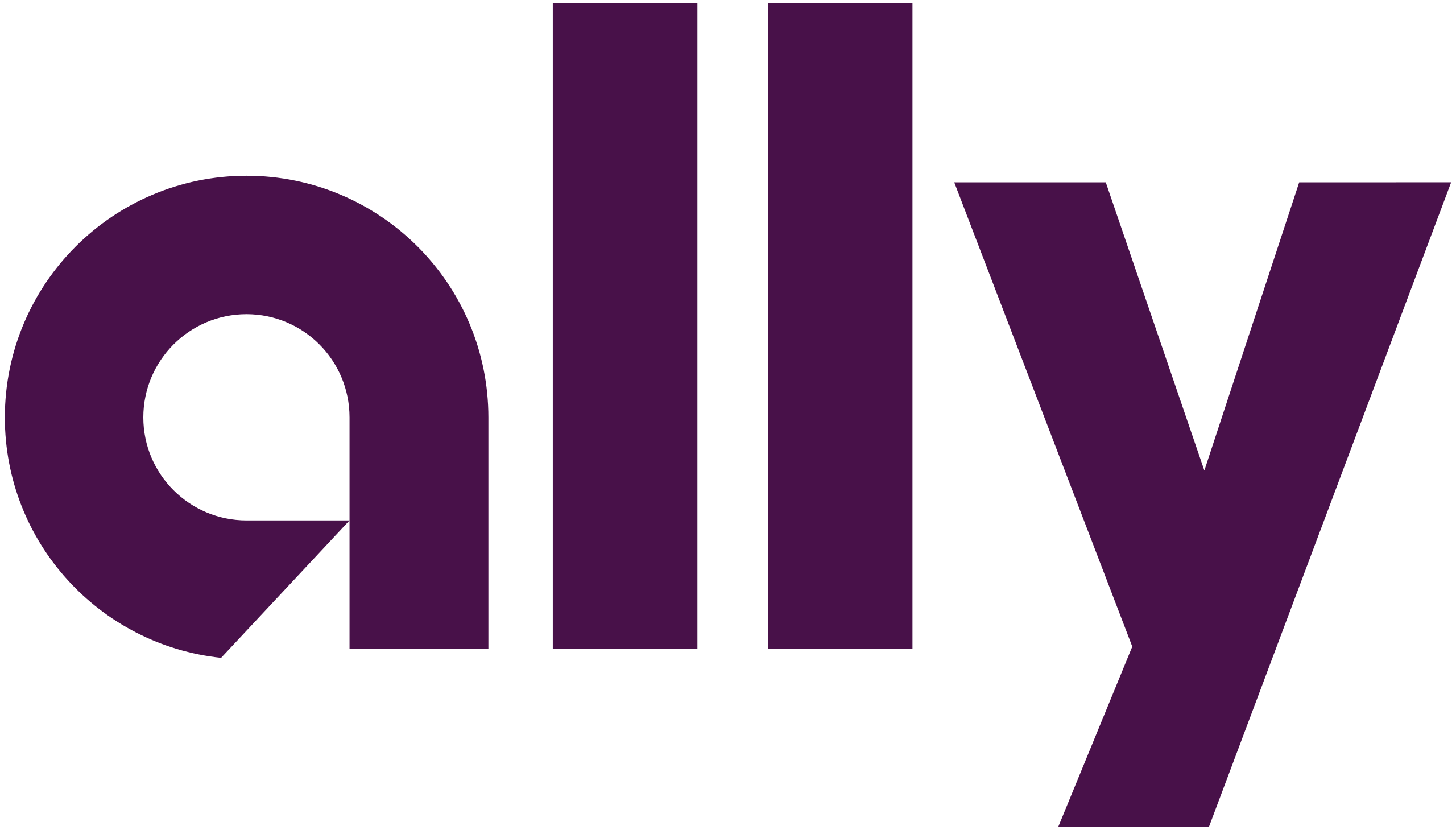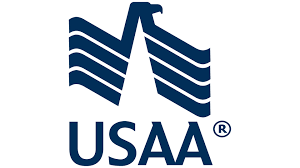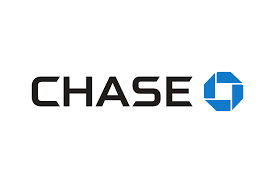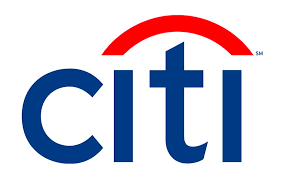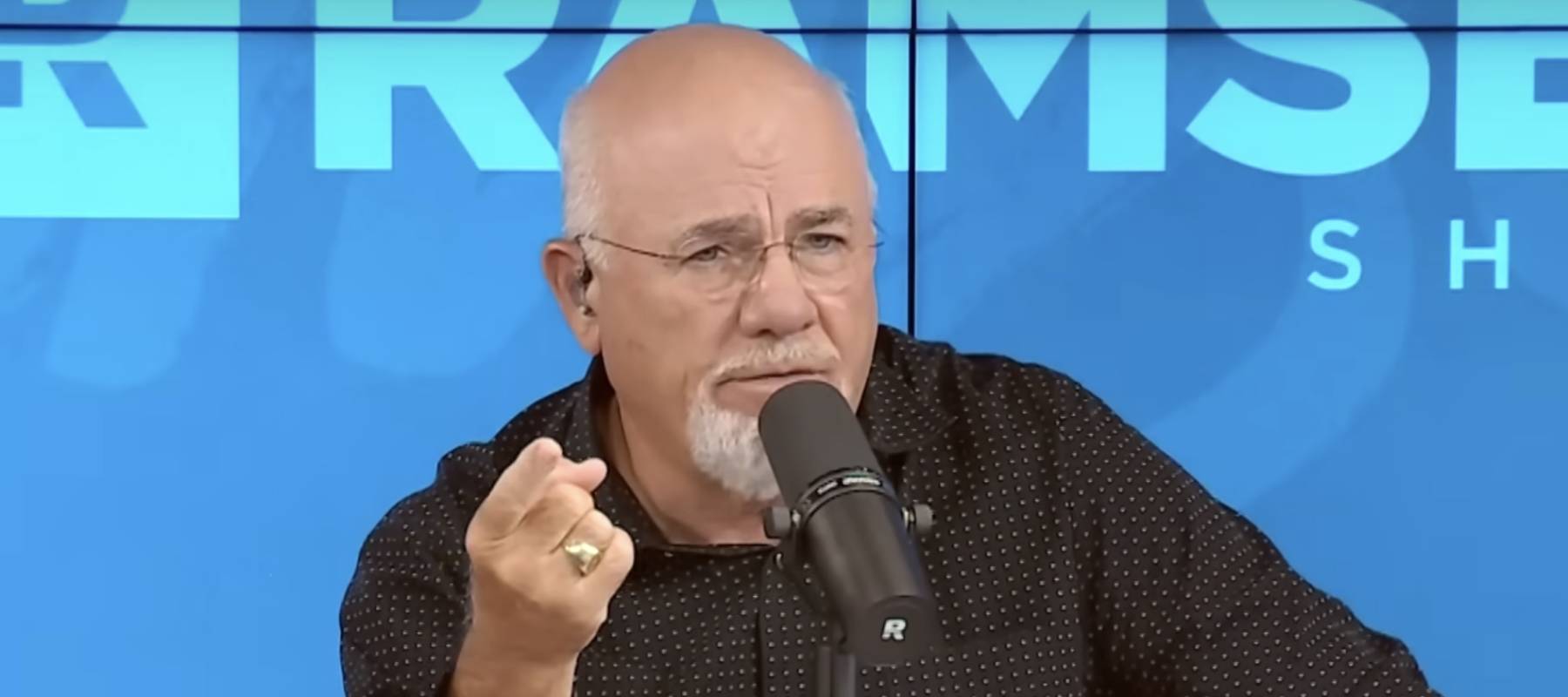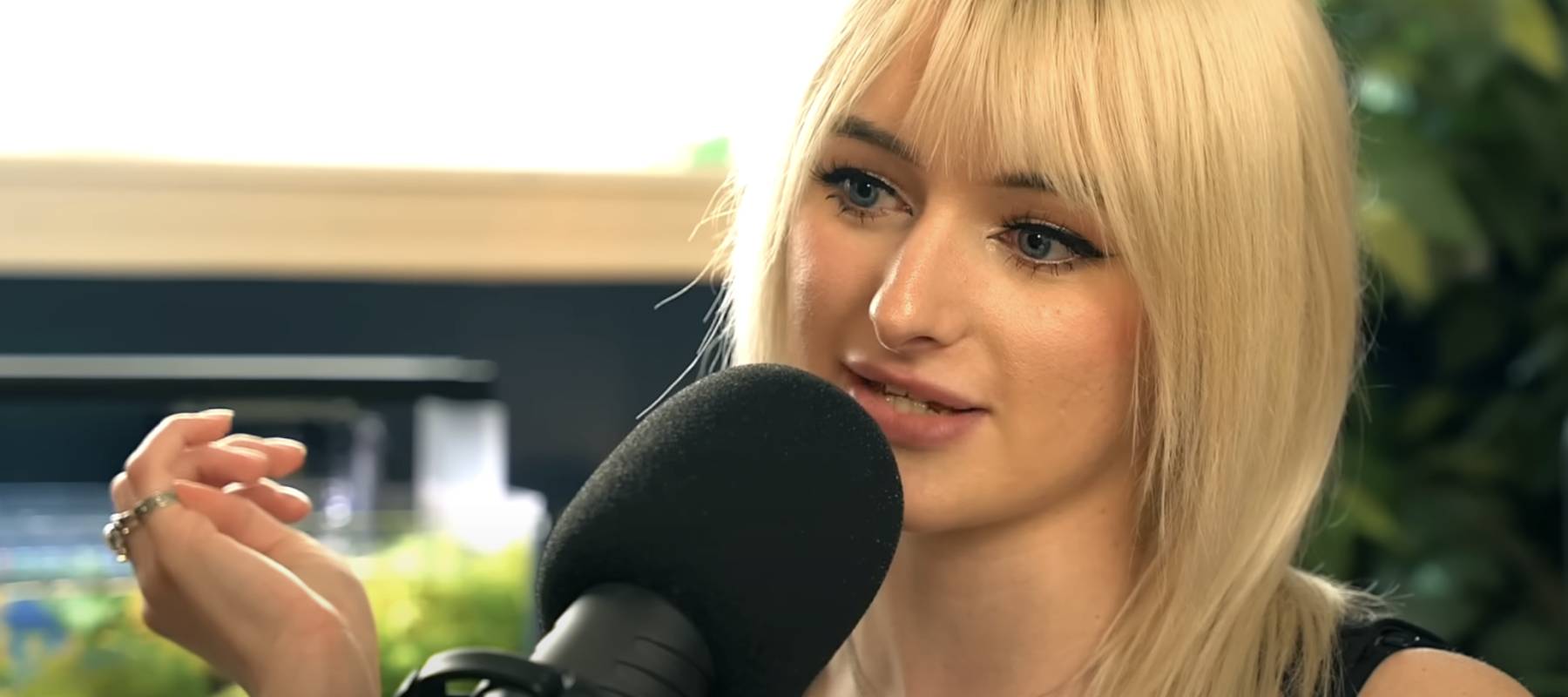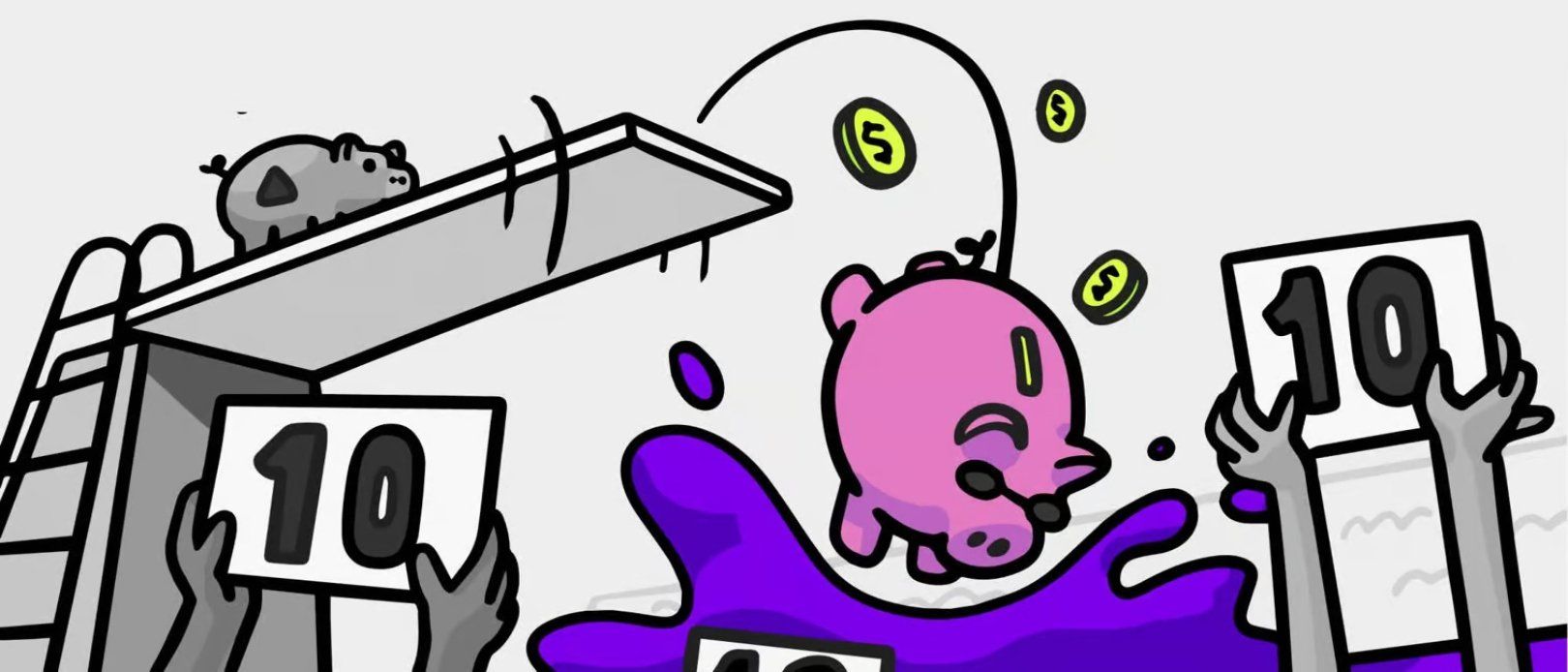
10 best banks of 2024
Steven Twigg / Moneywise
Updated: December 20, 2023
We adhere to strict standards of editorial integrity to help you make decisions with confidence. Please be aware that some (or all) products and services linked in this article are from our sponsors.
We adhere to strict standards of editorial integrity to help you make decisions with confidence. Please be aware that some (or all) products and services linked in this article are from our sponsors.
If you’re looking for a new bank, there’s no shortage of options with 4,071 FDIC-insured banks and 574 savings institutions to choose from. So narrowing down the options can feel like an overwhelming task.
The best bank for you will ultimately depend on your personal preferences and financial goals. Maybe you’d prefer a national bank that offers a variety of services and a vast network of ATMs. Maybe you’d prefer a smaller, local institution known for its top-notch customer service. Or perhaps it comes down to affordability, so a no-fees online bank would be the best fit.
But the best banks in the U.S. do have a few things in common: They offer competitive yields on deposits, low fees, excellent customer service and other perks that help them stand out in the crowded banking space.
With so many options, we’ve curated a list of the 10 top banks for various banking needs—including both brick-and-mortar banks and online-only banking options —to help you narrow down your search.
Best banks in America
- Ally Bank: Best for high-yield savings
- Capital One: Best for no-fee banking
- TD Bank: Best for flexible banking hours
- PNC: Best for finance management
- Axos Bank: Best for checking options
- EverBank: Best for free ATMs
- USAA Federal Savings Bank: Best for military
- Chase: Best for accessibility
- Citibank: Best global bank
- U.S. Bank: Best for CD options
Ally Bank
Quick Facts
Popular products: HYSA, CDs
Top products: Savings Account, High Yield Certificate of Deposit
Why we like Ally Bank
Best for high-yield savings
While some banks offer a low rate on savings accounts, Ally Bank is not one of them. As an online-only bank, Ally requires little overhead to operate, so it can pass those savings on to customers in the form of higher rates and lower fees. And unlike some of its competitors, Ally doesn’t charge monthly maintenance fees or overdraft fees.
One of Ally’s most notable products is its online savings account, which provides a competitive 4.25% on all balance tiers, with no minimum balance requirement. You can even set up ‘buckets’ and ‘boosters’ to optimize your savings, even if the rate changes after you open the account. Ally also offers interest-bearing checking, a money market account and several CD options (including high yield, raise your rate and no-penalty options), as well as lending and brokerage divisions.
Ally Bank customers also have free access to more than 43,000 Allpoint ATMs across the U.S. and can receive a reimbursement of up to $10 per statement cycle for out-of-network ATM fees. Plus, even though it doesn’t have physical branches, you can get 24/7 support—with a real person—by phone, chat or email.
Pros
- High savings account rates
- No minimum balance requirements
- No overdraft fees
Cons
- No physical branches
- Can’t deposit cash
Capital One
Quick Facts
Popular products: HYSA, CDs
Top products: 360 Performance Savings, 360 CDs
Why we like Capital One
Best for no-fee banking
Capital One is another online bank that provides a variety of services, from bank accounts to credit cards and other financing (as well as options for kids and teens). As an online bank, it’s able to offer higher rates and lower fees—in fact, there are no fees for monthly maintenance, ATM usage or overdrafts (on approved transactions). Plus, there are no minimum opening or account balance requirements.
On offer is a checking account, high-yield savings account and several CD options, with terms ranging from six to 60 months, but no money market accounts. Although there are few traditional branches, customers can access their money for free at more than 70,000 Capital One, Allpoint and MoneyPass ATMs. (For comparison, Ally offers free access to 43,000 ATMs.) And if you have a 360 Checking account, you can add cash to your account at any CVS, Walgreens or Duane Reade by Walgreens—a big perk for an online bank.
Plus, you can visit one of several Capital One Cafes around the country to use an ATM, speak with an ambassador about your accounts, receive free mentoring or simply relax (extra bonus: Capital One credit and debit cardholders receive 50% off beverages). Capital One also has a top-rated mobile app, making it easy to move your money around.
Pros
- No fees
- High-yield savings
- Widespread ATM access
Cons
- Limited branch locations
- No money market accounts
TD Bank
Quick Facts
Popular products: Checking, CDs
Top products: Beyond Checking, TD Choice Promotional CDs
Why we like TD Bank
Best for flexible banking hours
Most banks have limited banking hours at branch locations, so if branch access is a priority, then TD Bank may be what you’re looking for. TD Bank bills itself as “America’s most convenient bank,” with longer banking hours during the week and branch access on weekends—even Sundays. Though it’s Canada-based, TD Bank has a large presence in the U.S. The downside is that it only operates in certain states, so you won’t be able to visit a branch or ATM if you live outside the Eastern U.S.—so depending on where you live, those flexible banking hours could be a moot point.
As far as account options go, TD Bank offers checking, savings and, though its APYs are low compared to other banks (for example, to achieve the 4.00% APY with its TD Signature Savings Account, you’d need a minimum balance of $100,000). However, its TD Choice Promotional CDs come with a ‘relationship rate’ of 5.00% APY if you also have an eligible TD Checking account.
TD Bank does have several checking account options and sometimes offers limited-time cash bonuses for new customers who make qualifying direct deposits. For example, its Beyond Checking account comes with no ATM fees and overdraft reimbursement, and its monthly fee of $25 can be waived by meeting certain requirements. Currently, new account holders can earn $300 with $2,500 in qualifying direct deposits within 60 days of opening an account.
Pros
- Long branch hours
- Branches open on Sundays
Cons
- Not located in all states
- Low deposit yields
- Free checking comes with minimum balance requirement
PNC
Quick Facts
Popular products: Checking, HYSA
Top products: Virtual Wallet
Why we like PNC
Best for finance management
If you’re interested in managing your money in one place, PNC is worth considering. Short for Pittsburgh National Bank, PNC is one of the largest banks in the country, thanks to a series of mergers and acquisitions—so you have access to 2,400 branches and 60,000 PNC and partner ATM locations from coast to coast.
PNC offers a variety of banking services, including checking, savings, credit cards, investments and several lending options. Notably, PNC offers a product called Virtual Wallet, which bundles three accounts—dubbed Spend, Reserve and Growth—along with financial management tools to help customers conveniently manage their money. With ‘Low Cash Mode,’ for example, you can use intelligent alerts and payment control to help avoid overdraft fees.
PNC’s checking account (Spend) comes in three tiers, with a monthly maintenance fee ranging from $7 to $25. This fee can be waived by meeting certain requirements. There is no minimum amount required to open online. PNC will reimburse some ATM fees or waive them completely, depending on your checking tier. Currently, new PNC customers can earn a cash bonus when opening and using a new Virtual Wallet product.
Pros
- Helpful money management tools
- Thousands of branch and ATM locations
- 24-hour grace period for overdrafts
Cons
- More fees and lower rates than other banks
- High-yield savings not available in all locations
Axos Bank
Quick Facts
Popular products: Checking
Top products: Rewards Checking, Cashback Checking
Why we like Axos Bank
Best for checking options
While some banks offer just a few checking accounts—or just one basic account—you’ve got options with Axos Bank. Formerly known as Bank of Internet USA, Axos (which adopted its new name in 2018) offers a host of services, from deposit accounts to mortgages. But one standout is the variety of checking accounts it offers to suit just about any customer.
Its Essential Checking account is no-frills compared to higher tiers, but still comes with perks such as no monthly maintenance fees, no overdraft fees, no minimum balance requirement, unlimited domestic ATM fee reimbursement and early direct deposit. The Rewards Checking account offers similar benefits, as well as 0.40% APY on direct deposits totaling $1,500 or more and an additional 0.30% APY on debit card spending—and by adding managed portfolios, self-directed trading and loan payments into the mix, you can earn up to a 3.30% APY.
There’s also a Cashback Checking account that provides 1% back on debit purchases, a no-fee First Checking account designed for kids (with a daily transaction limit to give parents peace of mind), as well as a no-fee Golden Checking account for seniors. However, Axos Bank’s high-yield savings, high-yield money market and certificates of deposit accounts have a much lower APY than its competitors.
Pros
- Several checking account options
- Low fees
Cons
- No physical branches
- Low savings and CD rates
EverBank
Quick Facts
Popular products: Checking, CDs
Top products: Yield Pledge Checking, EverBank CD
Why we like EverBank
Best for free ATMs
EverBank—formerly TIAA Bank, which was founded more than a century ago—offers high yields on checking, savings and CD accounts, though some of the benefits it used to offer as TIAA Bank are no longer available (and, in some cases, minimum deposits have increased dramatically).
Its 9-month EverBank CD, for example, currently earns 5.50% APY, though it requires a $1,000 minimum deposit. As for other savings options, its Yield Pledge Online Savings account—which comes with a ‘yield pledge’ that guarantees high yields—earns 5.15% APY, but that requires a $50,000 deposit. There’s also an interest-bearing checking account that earns 0.25% with no monthly maintenance fees, though it requires a $100 minimum deposit to open an account.
However, one of the most impressive features about EverBank is its large ATM network of more than 80,000 locations. These ATMs are free to use—EverBank doesn’t charge ATM fees for its own ATMs or for ATMs in the MoneyPass and Allpoint networks. And it automatically reimburses up to $15 for any out-of-network ATM fees incurred each month, regardless of your account balance. If you carry a minimum average daily balance of $5,000, ATM fee reimbursements are unlimited.
Pros
- More than 80,000 fee-free ATMs
- Out-of-network ATM reimbursements
- High deposit account interest rates
Cons
- Limited branches (located only in Florida)
USAA Federal Savings Bank
Quick Facts
Popular products: Checking, CDs
Top products: Classic Checking, USAA Standard CD
Why we like USAA Federal Savings Bank
Best for military
USAA is a membership-based bank designed to meet the needs of military members, veterans and their families. In addition to insurance, investing and retirement planning services, USAA also provides bank accounts that customers can access from just about anywhere, with access to more than 100,000 preferred ATMs nationwide. Making withdrawals from USAA ATMs is free, and the bank will reimburse up to $10 in out-of-network ATM fees per monthly statement cycle.
USAA’s Classic Checking account requires just $25 to open and doesn’t charge monthly maintenance fees (that minimum deposit requirement is waived for new recruits). Balances over $1,000 earn interest, though the rate is far from competitive at 0.01% APY. Balances of $10,000 or more in the Performance First savings account receive a slightly higher rate of 0.10% APY. USAA’s CD rates are more competitive, ranging from 4.50% to 5.25% APY with an initial deposit of $1,000.
However, USAA comes with extra perks for military members, such as the ability to receive your military pay up to two days early if you sign up for direct deposit. It also offers a Cashback Rewards Plus American Express credit card that earns cash back on qualifying purchases made on military bases.
Pros
- No fees for basic accounts
- Fee-free ATMs + out-of-network reimbursements
Cons
- Low deposit rates
- Few branch locations
Chase Bank
Quick Facts
Popular products: Checking, CDs
Top products: Chase Premier Plus Checking, Chase Certificate of Deposit
Why we like Chase
Best for accessibility
Chase Bank is the largest bank in the country based on total assets, serving nearly half of U.S. households with a broad range of products. Like most major national banks, deposit rates on basic accounts aren’t that impressive, hovering at near zero. Its CDs are more competitive, though APYs are still lower than others on this list (from 3.00% to 4.00% for deposits less than $10,000).
Still, Chase makes it fairly easy to avoid checking account fees. For instance, the $12 monthly maintenance fee for the Chase Total Checking account can be waived by directly depositing at least $500 per month. And Chase Overdraft Assist means you won’t pay an overdraft fee if you’ve overdrawn by $50 or less.
What’s more impressive about Chase Bank is its mobile app, which allows customers to easily manage their finances on the go. You can check account activity, deposit checks, send and receive money via Zelle, get spending and budgeting insights, see your credit score, locate ATMs and speak with a representative 24/7. While other banks on our list offer mobile apps with similar features, 24/7 access to customer service is uncommon. Chase customers also have access to more than 15,000 ATMs and 4,700 branches across the country, making it easy to perform in-person banking tasks when necessary.
Pros
- Robust digital experience
- Convenient branch and ATM locations
Cons
- Low deposit rates
- More fees than other banks
Citibank
Quick Facts
Popular products: Checking, CDs
Top products: Citi Priority, Fixed Rate CD
Why we like Citibank
Best global bank
Citibank is Citigroup’s consumer division, offering a number of banking, lending and investment products, but you’ll get the best rates and most perks through its ‘relationship’ tiers. For example, the Citi Priority tier (which requires a combined average monthly balance of $30,000 to $199,999.99) provides preferred banking with no monthly service fees, higher savings rates and access to financial planning guidance. Citigold and Citigold Private Client offer ‘premium’ banking with all the perks.
Whichever option you choose, Citibank has eliminated fees for overdrafts, non-sufficient funds and overdraft protection transfers. The bank also has decent CD accounts, ranging from 4.30% to 5.05% based on your balance. Options include a step-up CD with a guaranteed interest rate for the term that increases every 10 months, and a no-penalty CD with no early withdrawal penalties.
With just over 700 branches in the U.S., Citibank lacks nationwide locations compared to similar banks of its size (though there are 65,000 nationwide ATMs). However, customers who travel often will appreciate that Citibank has more than 20,000 ATMs and 4,000 branches in 42 countries—and cash withdrawals are free when using Citibank ATMs overseas. You can also get a global view of your accounts, send free, real-time money transfers and receive help with cross-border account openings.
Pros
- Thousands of international branches
- No overdraft fees
Cons
- Low deposit rates for basic accounts
- Limited domestic branch locations
U.S. Bank
Quick Facts
Popular products: CDs, MMAs
Top products: CD Special, Elite Money Market
Why we like U.S. Bank
Best for CD options
When it comes to ordinary deposit accounts, U.S. Bank isn’t anything special. With a 0.01% APY and $4 monthly maintenance fee (which can be waived by meeting certain requirements) on its savings account, depositors can find better options elsewhere.
However, U.S. Bank does offer a variety of CDs with an opening deposit as low as $500 to $1,000, including a step-up CD and trade-up CD (although those options come with lower APYs). Its best deal is the CD Special, where you lock in the best CD rate the bank offers to the general public, with a $1,000 minimum deposit (rates will vary slightly depending on your zip code). Its Elite Money Market account earns a 4.50% APY, but you’ll need an account balance of at least $25,000 to benefit from it.
With more than 2,000 branches in 26 states and one of the largest ATM networks in the country, accessing your money is easy. Plus, the bank offers 24/7 phone service for customers. And, unlike many of its competitors, it’s been recognized as one of the world’s most ethical companies for nine consecutive years by the Ethisphere Institute.
Pros
- Thousands of branch and ATM locations
- Several CD options
Cons
- Not available in every state
- Lower rates and higher fees on savings accounts
Common bank products and services
A checking account is designed for day-to-day transactions, such as depositing and withdrawing cash, making purchases and paying bills.
A savings account holds funds and earns interest on money you don’t need to access regularly; interest rates can vary widely from one bank to another.
A certificate of deposit (CD) is a fixed-term investment that earns interest until the term expires. While funds can be accessed if necessary, withdrawals typically result in a financial penalty.
A money market account (MMA) offers a higher interest rate than a traditional savings account, and typically comes with a debit card, limited check-writing privileges and a limited number of free withdrawals per month.
How to choose the best bank
If you’re looking to open a new bank account, you might already have a financial institution in mind. Maybe your parents have been using the same bank for years, or your best friend recommends a credit union where she has an account. Still, how do you choose?
Look for a financial institution that best matches your needs. For example, are you saving for emergencies or a longer-term goal? Will you need to deposit cash through ATMs or will mobile banking suffice? Do you prefer to do your banking in-person or online?
Here are the most common types of financial institutions to choose from:
Traditional banks. Many traditional banks have been around for decades, have physical branches for in-person banking and offer a wide range of financial services and advice.
Credit unions. Credit unions are not-for-profit, which means they’re owned by their members and profits are reinvested into the organization (for example, through lower fees or higher rates). They have similar offerings to banks, but might only service a specific community or region.
Online banks. Online banks offer the same services as traditional banks, but they operate entirely online and through a network of ATMs. That means they can often pass down cost savings to their customers.
Opening a bank account
While opening a bank account is usually a simple process—whether in-person or online—you’ll first need to choose which account type best fits your spending habits and saving goals. Be prepared to provide some personal information, photo ID and proof of address (such as a bill in your name).
When you’re ready to open your bank account, you’ll be asked to sign an agreement stating that you understand the account’s rules and regulations. Be sure to read the fine print and look out for any hidden fees. You may have to pay an initial deposit fee, which varies by institution and account type.
5 biggest banks in America
These are the five biggest banks in America based on total domestic assets, according to the latest data from the Federal Reserve.
5 most popular banks in America
Here are the top consumer banks by popularity, according to YouGov survey data. ‘Popularity’ is based on the percentage of people who have a positive opinion of a consumer bank.
